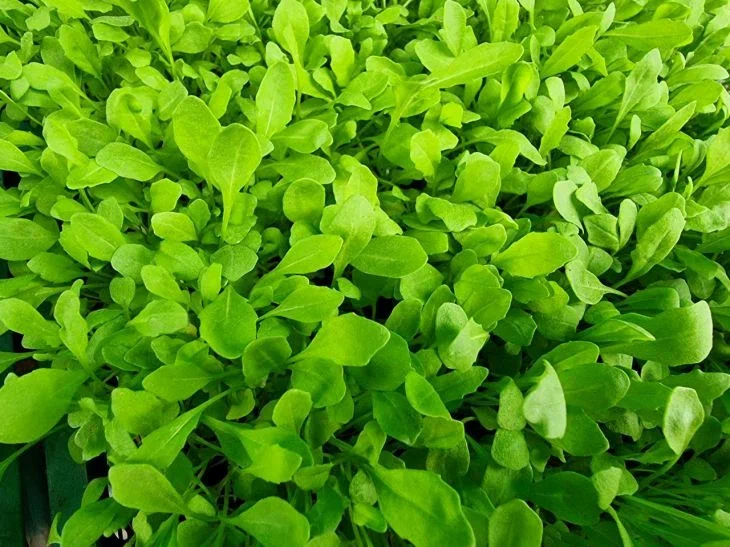Microgreens should not be considered a new-fangled culinary fad. This ingredient is rather a way to replenish the vitamins that we need so much during the cold season.
An expert of the online publication BelNovosti, agronomist, landscape designer Anastasia Kovrizhnykh said that most often young sprouts of chickpeas, lentils, watercress, daikon, radish, arugula, beets and some other crops are used for this purpose.
But there are also more original options that are famous for their beneficial properties.
Cucumber
Cucumber seeds are easy to care for and also germinate quite quickly. You will need to wait about 7-10 days to collect the first harvest.
The taste of young plants is juicy and soft and, not surprisingly, resembles cucumbers.

Borage
Borage is also known as cucumber herb and has an even more cucumber-like flavor than cucumbers themselves.
After 12 to 21 days from planting, you can add microgreens to salads, sandwiches and soups.
Nasturtium
To obtain microgreens, it is recommended to soak nasturtium seeds for 4-8 hours in warm water. The water should be changed frequently or a small amount of hydrogen peroxide should be used when soaking.
The sprouts can be eaten after 8-12 days.
Earlier, an expert helped to understand the reasons why beets grew small.









